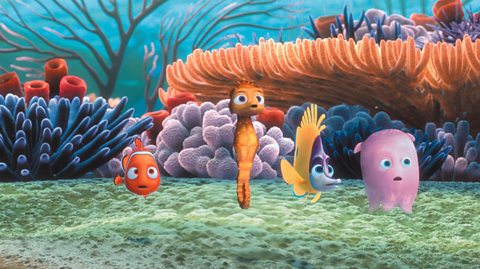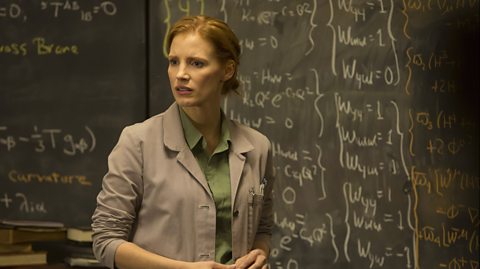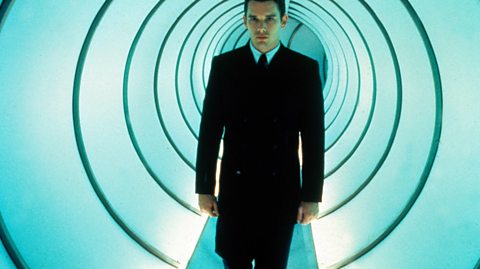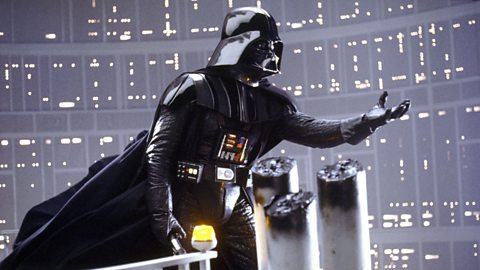From explosions that make noise in the silent vacuum of space to physics-defying time travel, science fiction movies are full of moments and details that often have scientistsā eyes rolling.
But some movie writers and directors have gone above and beyond to get the science in their story right. Here are five of them.
The Martian (2015)

The Martian is about Mark Watney (Matt Damon), an astronaut who is stranded on Mars, and director Ridley Scott tried to get the science right from the start. Watneyās trip to Mars takes eight months, which is about the time it would take given current technology. And his spaceship uses an ion drive for propulsion - a technology that NASA has already used.
Once marooned, Watney converts rocket fuel (hydrazine) into drinkable water, which is achievable. He grows potatoes in a mixture of Martian soil and the content of his toilet (yeuch!), something scientists have mimicked in a lab, though getting enough light for the plants to grow on Mars is still a problem. Martian soil also contains some chemicals that are harmful to humans.
A more unrealistic element of the story is how he gets marooned by a catastrophic storm. Mars has a very thin atmosphere, so while there are dust storms on the red planet, theyāre nowhere near as violent as the one that strands him.
Finding Nemo (2003)

Finding Nemoās writers and director tried to make their depiction of underwater life as scientifically accurate as possible. Well, apart from the talking fish, obviously.
For a start they consulted scientist Adam Summers to help get the different species of fish to move accurately. Other things the movie got right include the facts that clownfish are indeed native to The Great Barrier Reef and do make their homes in sea anemones which protect them from predators. Dory is mesmerised by the light on an anglerfish lure, and that is exactly how anglerfish hunt prey.
Nemoās epic journey to Sydney Harbour is sort of accurate. While itās not impossible for an individual adult fish to travel that distance many clownfish do make that trip in ocean currents as larvae, when they are only a week or so old. Summers is proud of the filmās science: "In the years since it came out, I've had more than 100 inaccuracies pointed out to me," he told Nature Magazine in 2016, "only one is an actual error."
Deep Impact (1998)

Telling of a mission to divert a comet strike on Earth, Deep Impact aimed to be as accurate as it could about what would happen in a similar scenario. A plethora of scientific advisors were hired to make sure the science was on point. These included Chris Luchini, a scientist who makes computer models of comets for NASA. āA major impact we had on the movie was to make the film-makers aware that the gravity on a comet is negligible," he told The Guardian in 2006. So for most of the comet surface scenes, the actors were hung from wires and floated over it.
The surface of the comet, complete with vent holes that āoutgassedā when hit by sunlight, were also the result of scientific expertsā input. Terrifying moments, such as a large comet fragment hitting the Atlantic ocean and a 100-metre high tsunami, were also praised by scientists for their accuracy.
Interstellar (2014)

Christopher Nolanās mind bending space epic Interstellar features a group of astronauts travelling through a wormhole in search of a future home for humanity. The only problem? Nobody had ever seen a wormhole close up.
Nolan turned to Kip Thorne, a theoretical physicist at California Institute Of Technology to predict what a wormhole might actually look like. In many science fiction movies they are depicted as like giant plugholes, with matter swirling around and finally being swallowed up. But following the research of Professor Thorne, the filmās special effects team depicted one as more like a crystal ball hanging in space.
Professor Thorne later published two scientific papers based on the work he had done for the film. āA number of people I trained as a physicist with got involved with science because of movies like these,ā Prof. Thorne later told the “óĻó“«Ć½. āSo if you are going to have a film that really does attract young people to science it had best be scientifically accurate.ā
Gattaca (1997)

Gattaca (1997) tells the story of a future in which human beingsā futures are determined by their genetic makeup, which can be altered in the womb. Ethan Hawke plays a man whose parents couldn't afford genetic manipulation and so has been determined to be genetically āinferiorā, denying him his dream of being an astronaut.
Some of the technology that Gattaca depicts is already available. CRISPR is a gene editing tool that allows scientists to alter human DNA in embryos. But the technology, and its possible uses, is extremely controversial. In 2018, Chinese scientists announced the birth of twins carrying DNA which had been altered by the technology. Their experiment was later declared illegal and they were jailed by the Chinese authorities.
Frightening though the film is, it was so scientifically plausible that, in 2010, scientists at NASAās jet propulsion laboratory picked Gattaca as the most realistic in science-fiction.
This article was published in October 2022
Four movies that got the future wrong
How well did Hollywood classics predict the future? Some are surprisingly accurate, but others? Maybe less so.

Six movie quotes that are victims of the āMandela Effectā
You may be surprised at how many famous lines from movies we get wrong!

The secret history of popcorn
From Aztec ceremonies to cinemas, this light and tasty snack has a rich and colourful history.
